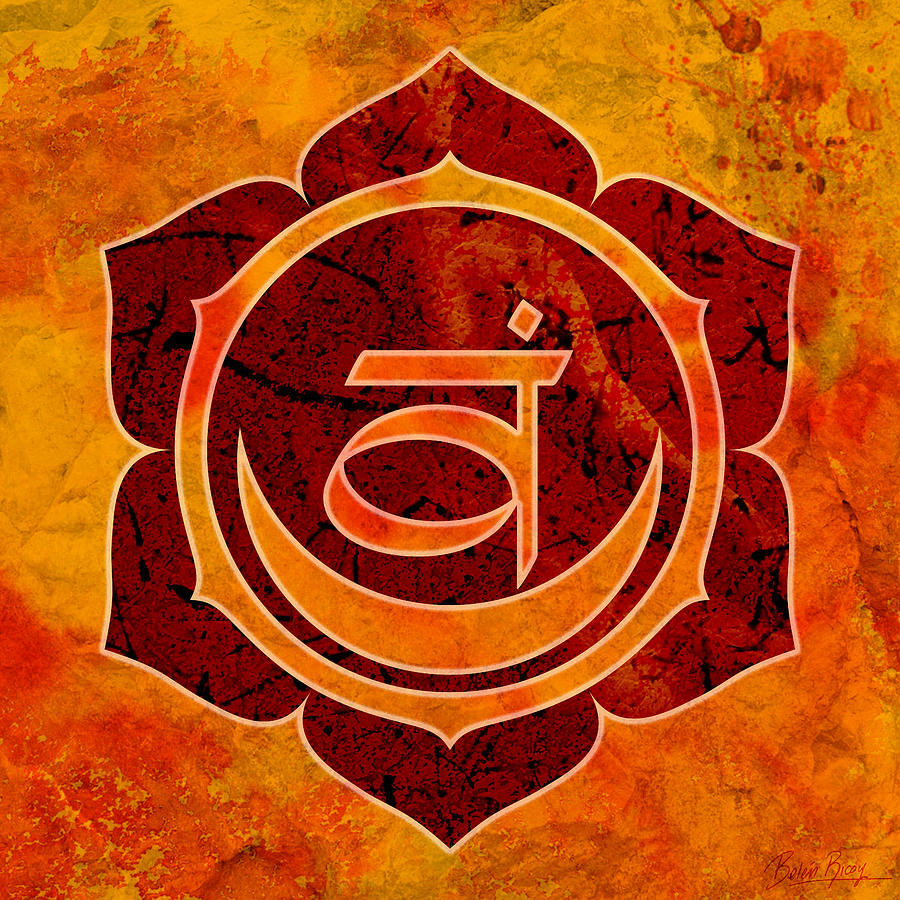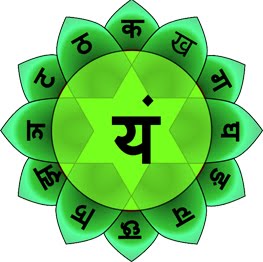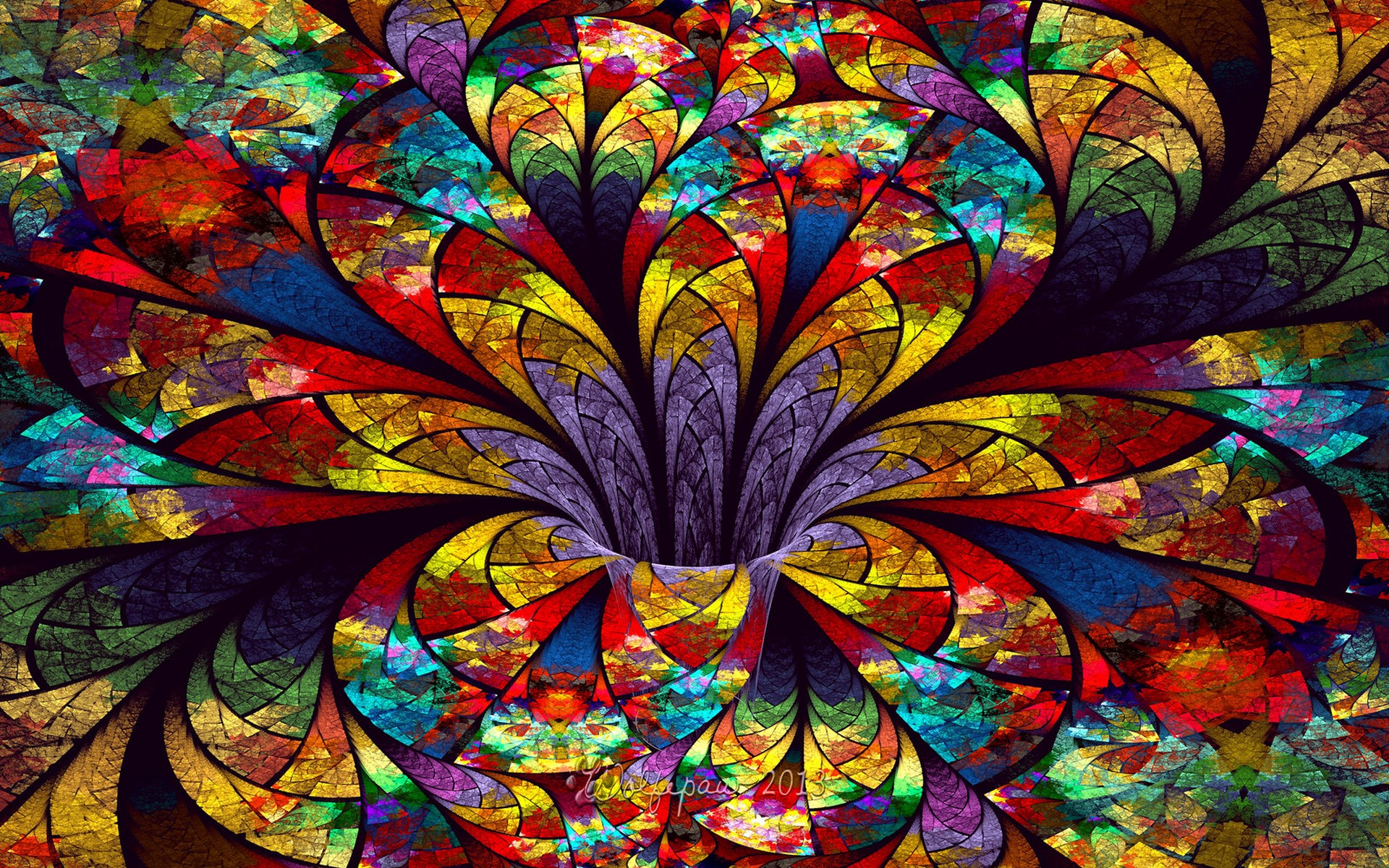1.- Gomukhasana: What does it mean?
1.1.- The meaning of this extensive yoga posture
Gomukhasana is a seated yoga posture that stretches various parts of the body when executed. The name of this asana comes from the Sanskrit go, which means “cow”, mukha, which means “face”, and asana, which means “pose”.
To perform this asana, we will start by sitting with a straight spine. In this way we will proceed to bend the knees so that the left foot passes under the right knee, towards the outside of the right hip. Next, the right leg goes over the left, so that the right knee is stacked on top of the left. The right arm will be bent and placed behind the back, while the left arm will be placed over the left shoulder. The hands try to touch each other behind the back and finally this process has to be repeated but in the opposite direction. It should be added that Gomukhasana is commonly known as Cow Face Pose in English.

In our online store you can buy a suitable incense to help you in this yoga practice. The acquisition of these products will help finance this blog.
1.2.- Gomukhasana, The pose of the cow’s head
As we have said before about Gomukhasana in Sanskrit, ‘go’ means cow and ‘face’ means mukha. But also, GOMUKHA refers to something that looks like a cow’s face. Also, in India there is a musical instrument called GOMUKHA, thin at one end and wide at the other like the face of a cow. GOMUKHASANA can be translated as ‘the cow head pose’.

2.- The implication of Gomukhasana
Gomukhasana increases the flexibility of the back, helps in different types of treatments, stimulates the kidneys and as a complement stretches the hips and thighs. As we will explain in the next point, this asana stimulates the svadisthana chakra and the anahata (heart) chakra. These chakras are the centers of pleasure, enjoyment, love, and compassion, which makes Gomukhasana a powerful pose.
If you have quite tense shoulders, Gomukhasana can be difficult, so from here we wish you the best of luck in your practice. If the practitioner’s hands cannot touch, a yoga strap can be used to relieve muscle tension. It can also be very helpful to use a folded blanket or cushion to lift and support the sit/knee bones.
3.- How this Asana benefits us at multiple levels
3.1.- Gomukhasana strengthens various chakras
Using Yoga to open the Chakras is a method by which we achieve inner peace and harmony. The Chakras are an element of our physical and energetic body, which we must take into account if we work on our spirituality and modulate our mind.
We will see this activation work reflected in a better physical and mental sensation, and in a better attitude towards ourselves and towards everything around us.
3.2.- Svadisthana Chakra
The Svadhishthana brings together all the properties that make up the subconscious, the principle of psychic energy. Through the water of the crown chakra, the material is abandoned and human spirituality begins.

This asana also stimulates the svadisthana (spleen or sacral) chakra and the anahata (heart) chakra.
3.3.- Anahata Chakra
Associated with the color green in addition to the Air element, the Anahata Chakra is the intermediate between lower and higher Chakras. In this Chakra is the heart, pure and sincere feelings of Love emanate from it, without silhouette and without any limit, thus stimulating our spiritual life.

“Anahata Chakra represents the center of our Being. From this center of power where the heart is located, emanates the purest and most sincere feeling of Love, and it is the gateway to God.”
Enmanuel Torras Mata
4.- Benefits
Gomukhasana is a perfect posture to practice opening the hips and shoulders. Stretch your muscles as much as you can so that performing this asana is as beneficial as possible.
Cow Face Posture straightens the spine improving posture.
Gomukhasana is beneficial for people suffering from arthritis and hemorrhoids.
5.- Contraindications
If we have significant neck or shoulder injuries, we must be careful. We have to avoid this pose if we have a calf muscle tear. If you have varicose veins, you should avoid putting direct pressure on the veins.

If tight in the hips, especially when the rotators are stuck, one can sit on a block or blanket and then cross the legs and stack one knee on top of the other in Gomukhasana.
